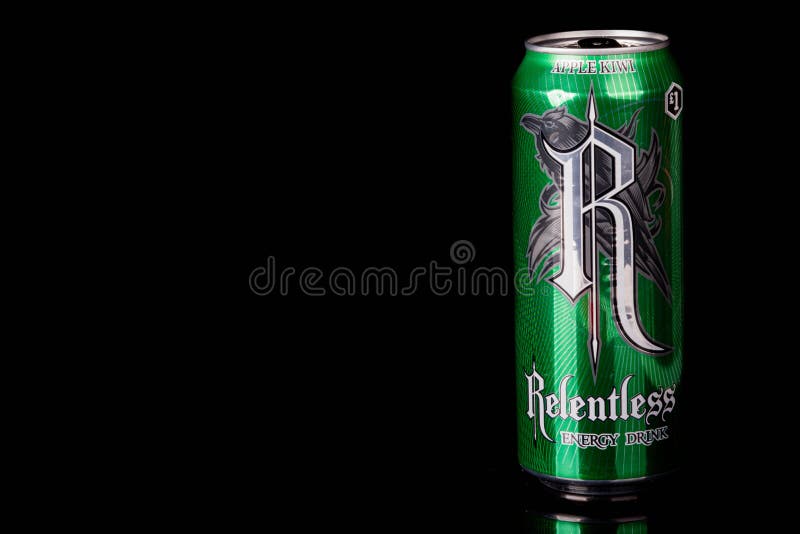

While some energy drink companies are taking part in voluntary labeling initiatives, Dr. Mixing energy drinks with alcohol, which is growing in popularity among young adults, can lead to overconsumption of alcohol and incidence of alcohol-related events (e.g., car accidents).Īlthough US Food and Drug Administration (FDA) regulations require that energy drink labels indicate if the product contains caffeine, the FDA does not impose a caffeine limit or require reporting of the actual level of caffeine. Added sugar in many of the energy drinks may also increase risk for obesity, type 2 diabetes, and dental caries. Although moderate caffeine intake (up to 400 mg/day for adults and 100 mg/day for teens) is considered safe, higher volumes may increase the possibility that individuals will engage in risk-seeking behaviors, experience mental health strains like increased depression, and/or adverse cardiovascular effects like increased blood pressure. Introduced to US markets in 1997, their caffeine content ranges from 50 mg to 500 mg per serving, compared to 95 mg for an eight-ounce cup of coffee. “Although the beverages are marketed to reduce fatigue and improve physical and mental performance, frequent consumption of these highly caffeinated and sugary beverages has been linked to negative health consequences.”Įnergy drinks are non-alcoholic beverages that contain caffeine, other plant-based stimulants (e.g., guarana), amino acids (e.g., taurine), herbs (e.g., ginkgo biloba), and vitamins. Chan School of Public Health, Boston, MA, USA. Bleich, PhD, Department of Health Policy and Management, Harvard T.H. “The increasing use of energy drinks, especially among young adults, is cause for concern and warrants continued study and surveillance,” explained senior author Sara N. While the findings indicate that daily intake among adolescents and middle-aged adults may be leveling off and overall use across all groups is relatively limited, use by young adults continues to steadily rise. Energy drink consumers had significantly higher total caffeine intake compared with non-consumers and the beverages represented a majority of their total daily caffeine. According to a new study appearing in the American Journal of Preventive Medicine, published by Elsevier, energy drink consumption in the United States has increased substantially over the past decade among adolescents, young adults, and middle-aged adults.


 0 kommentar(er)
0 kommentar(er)
